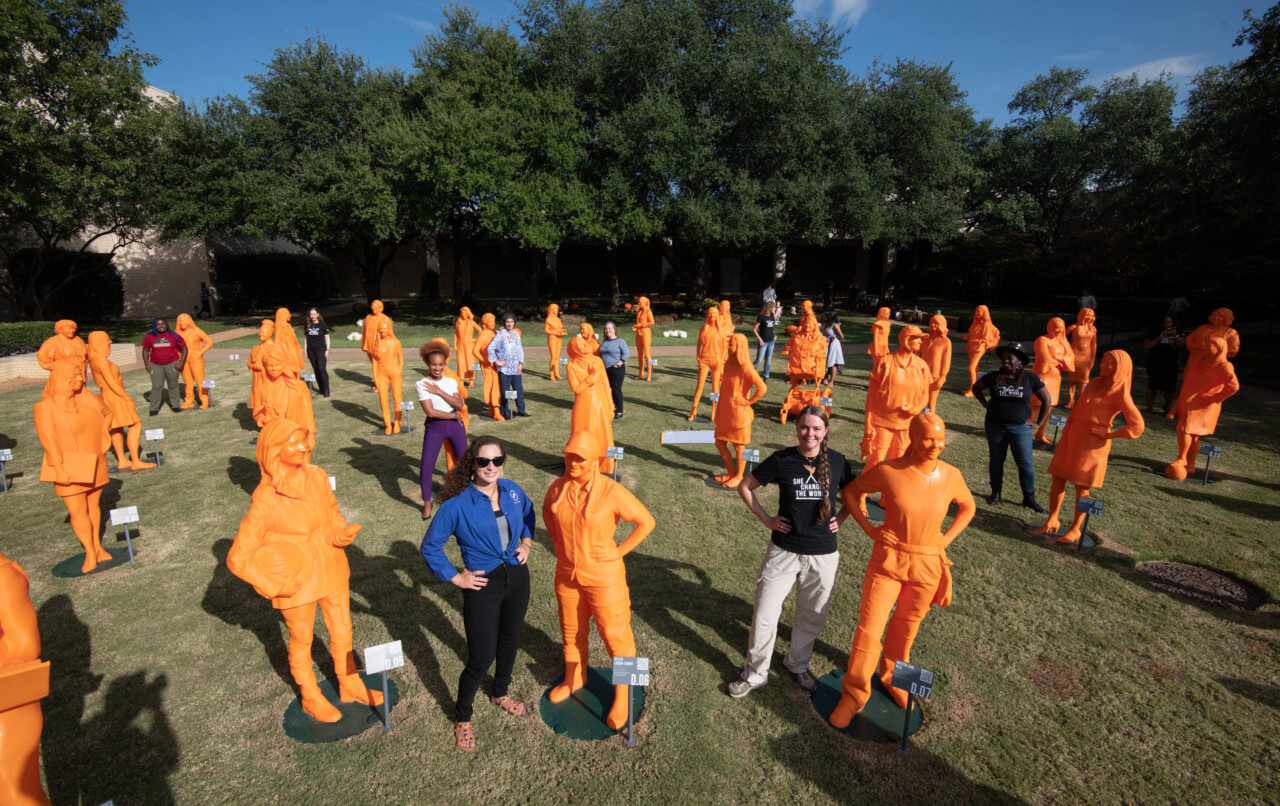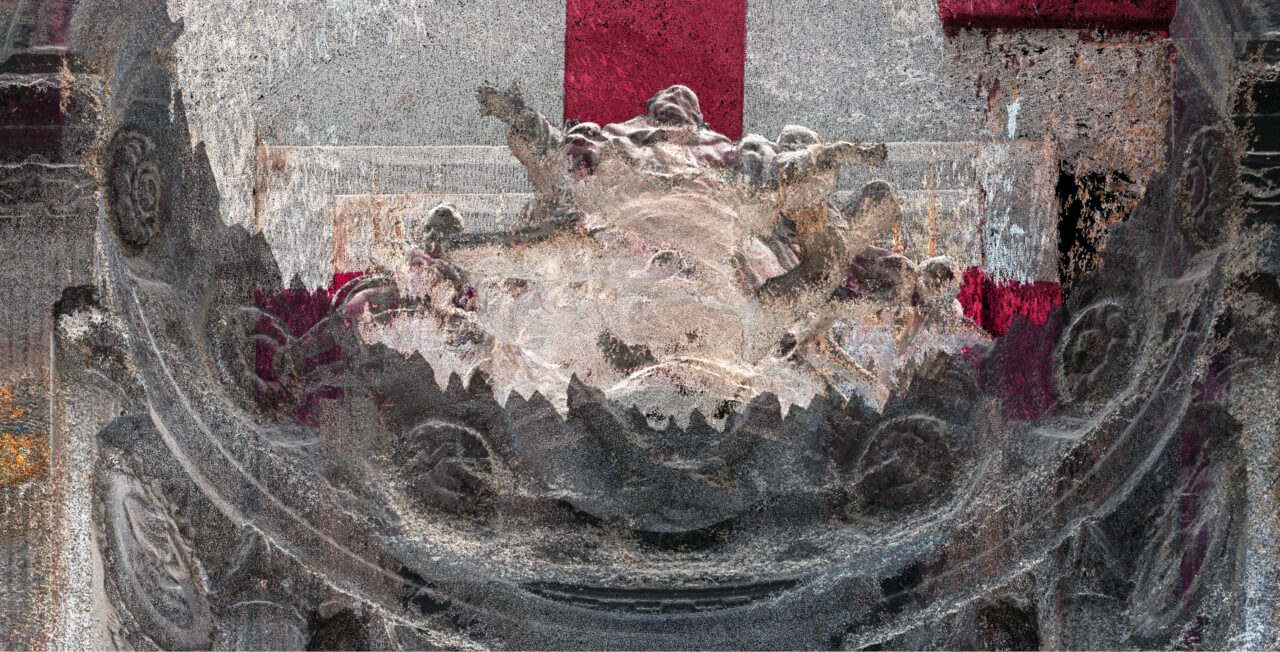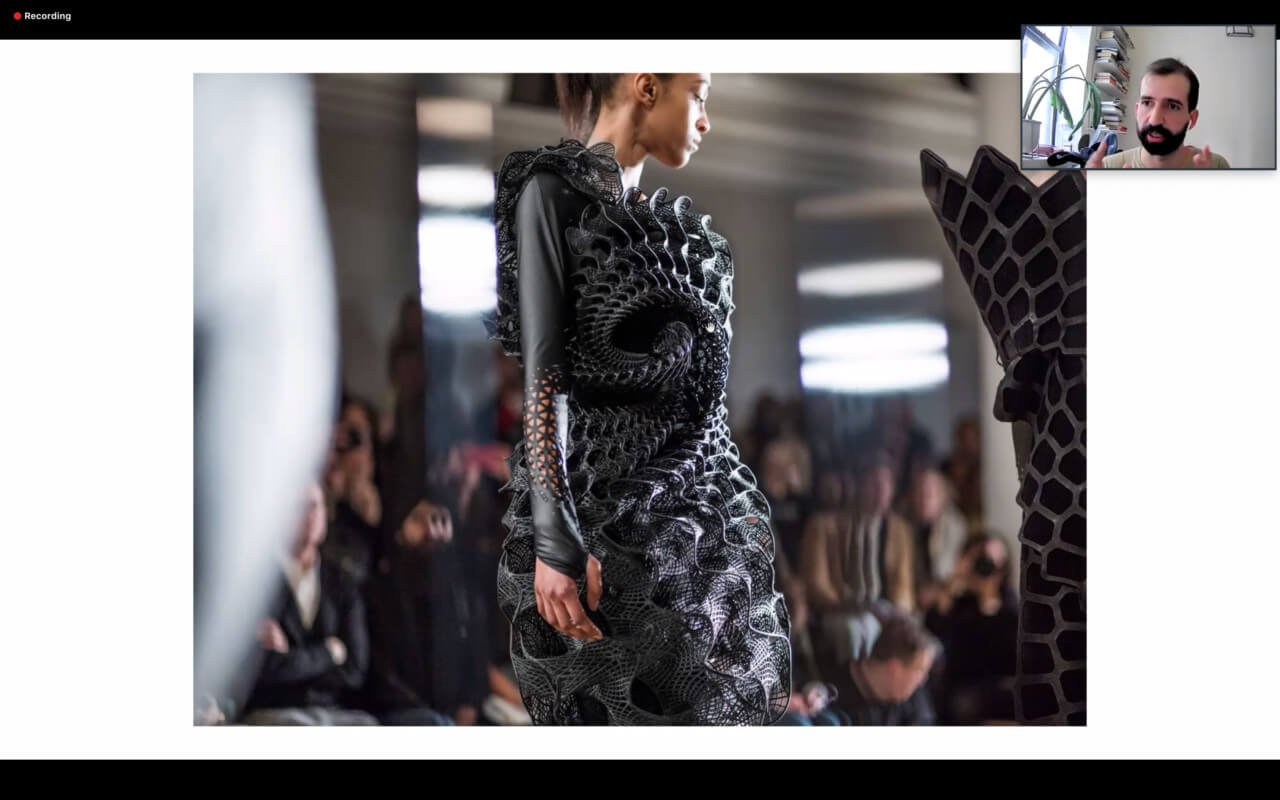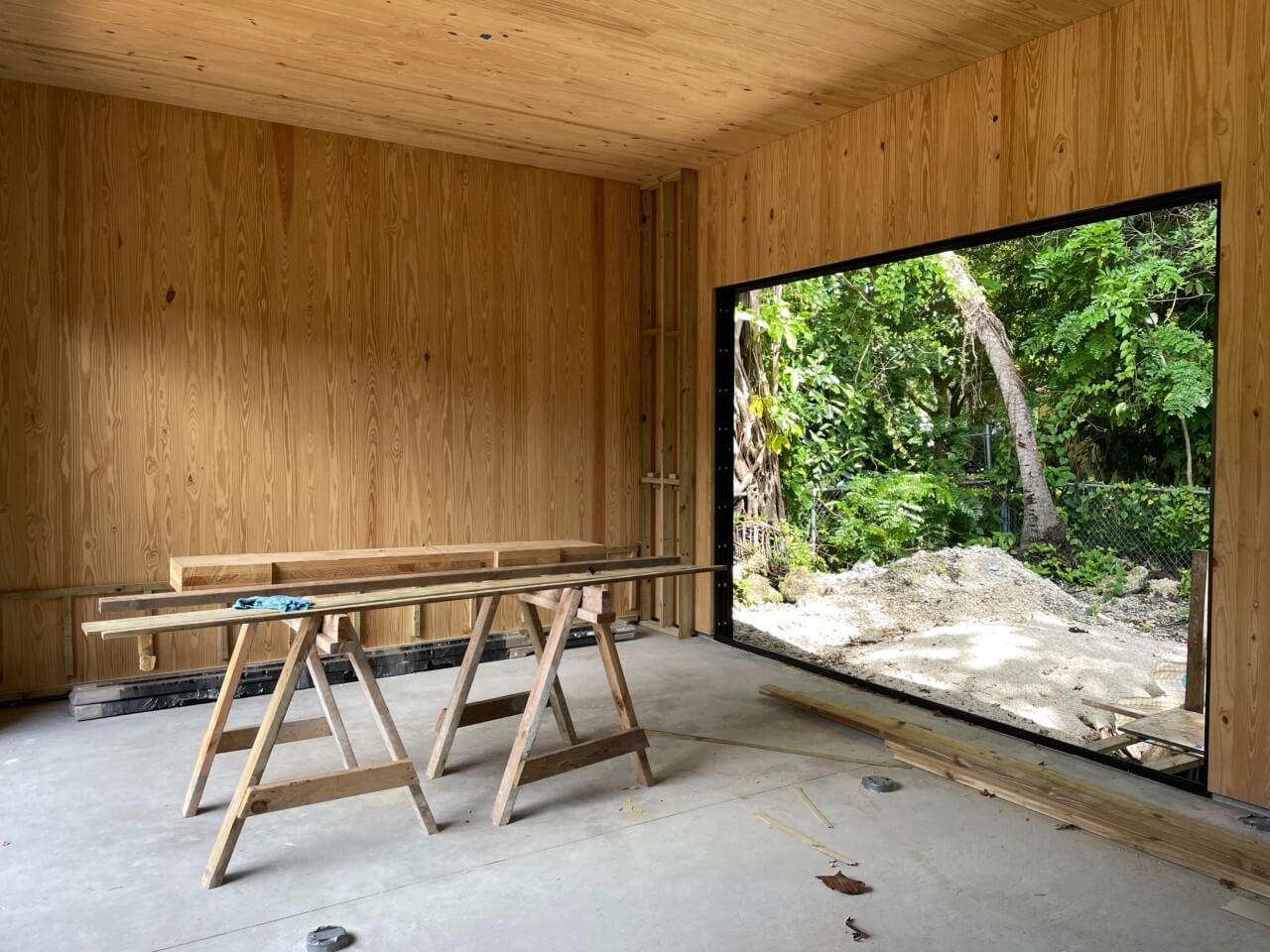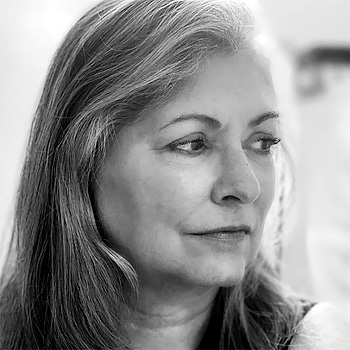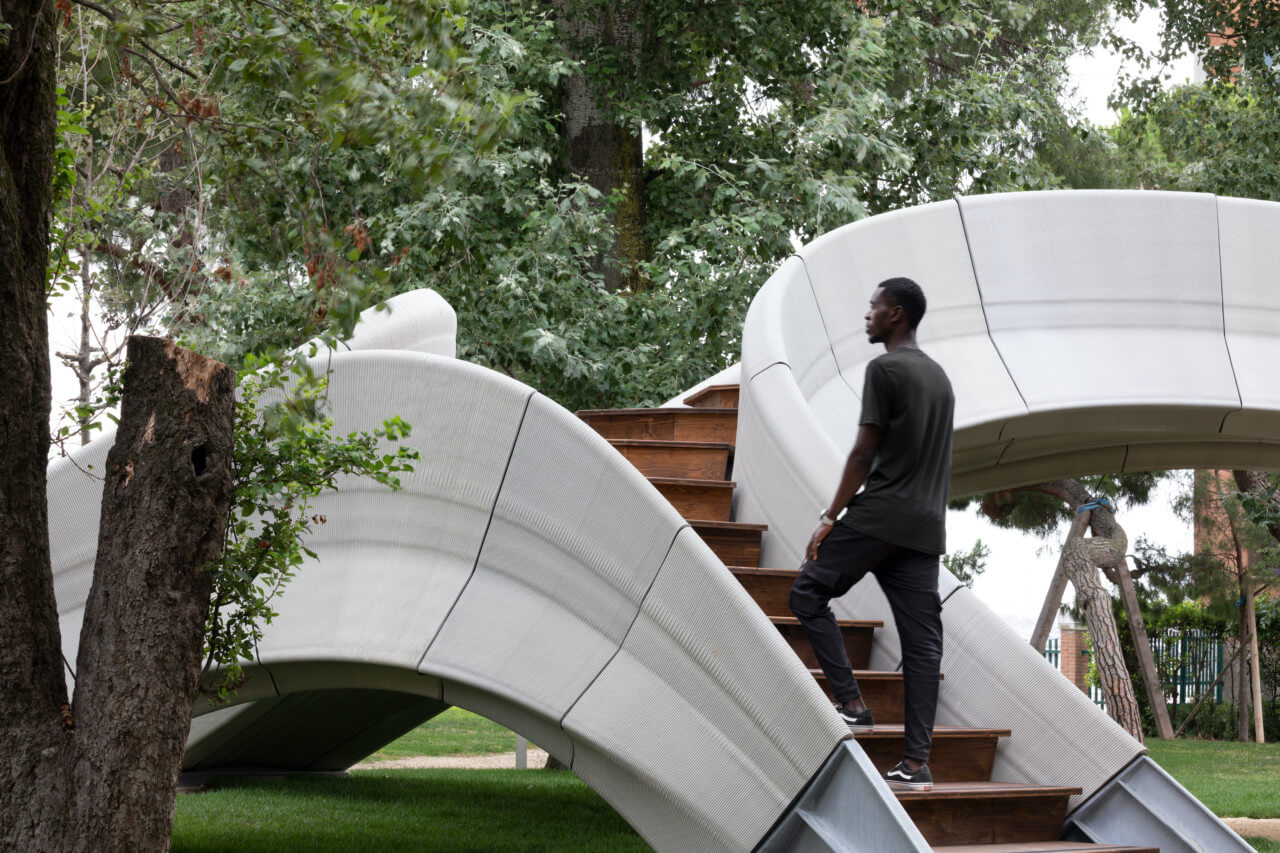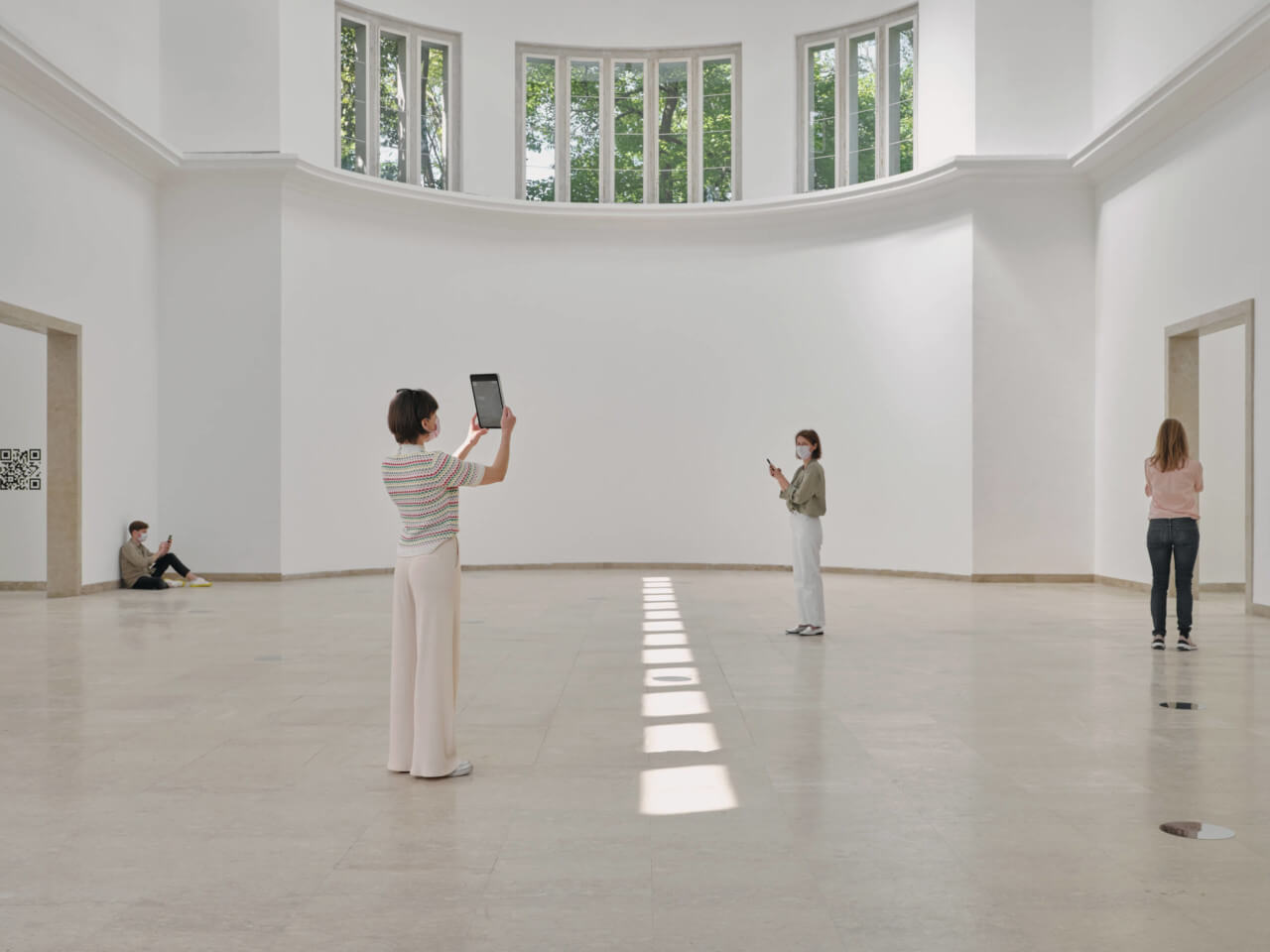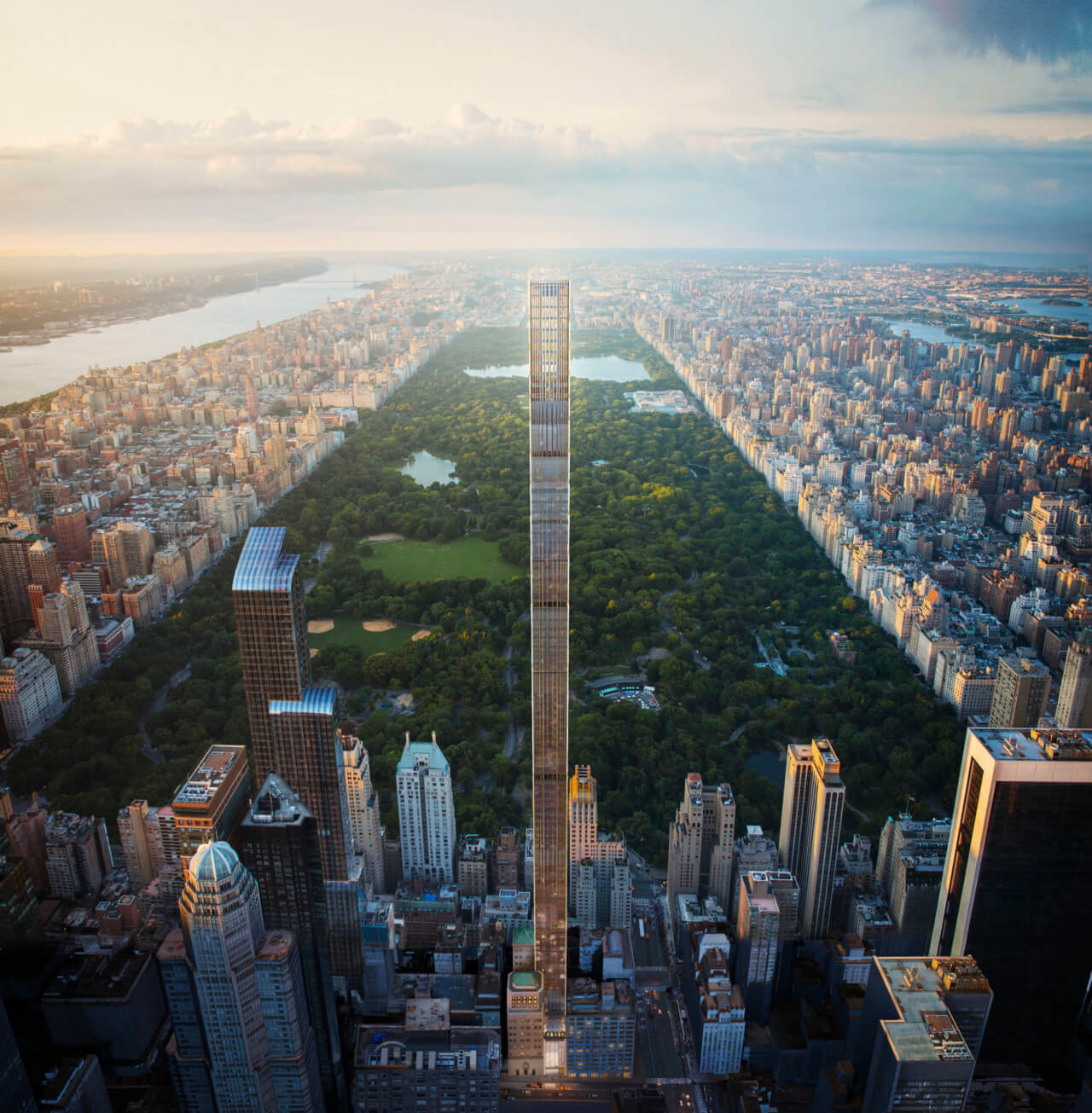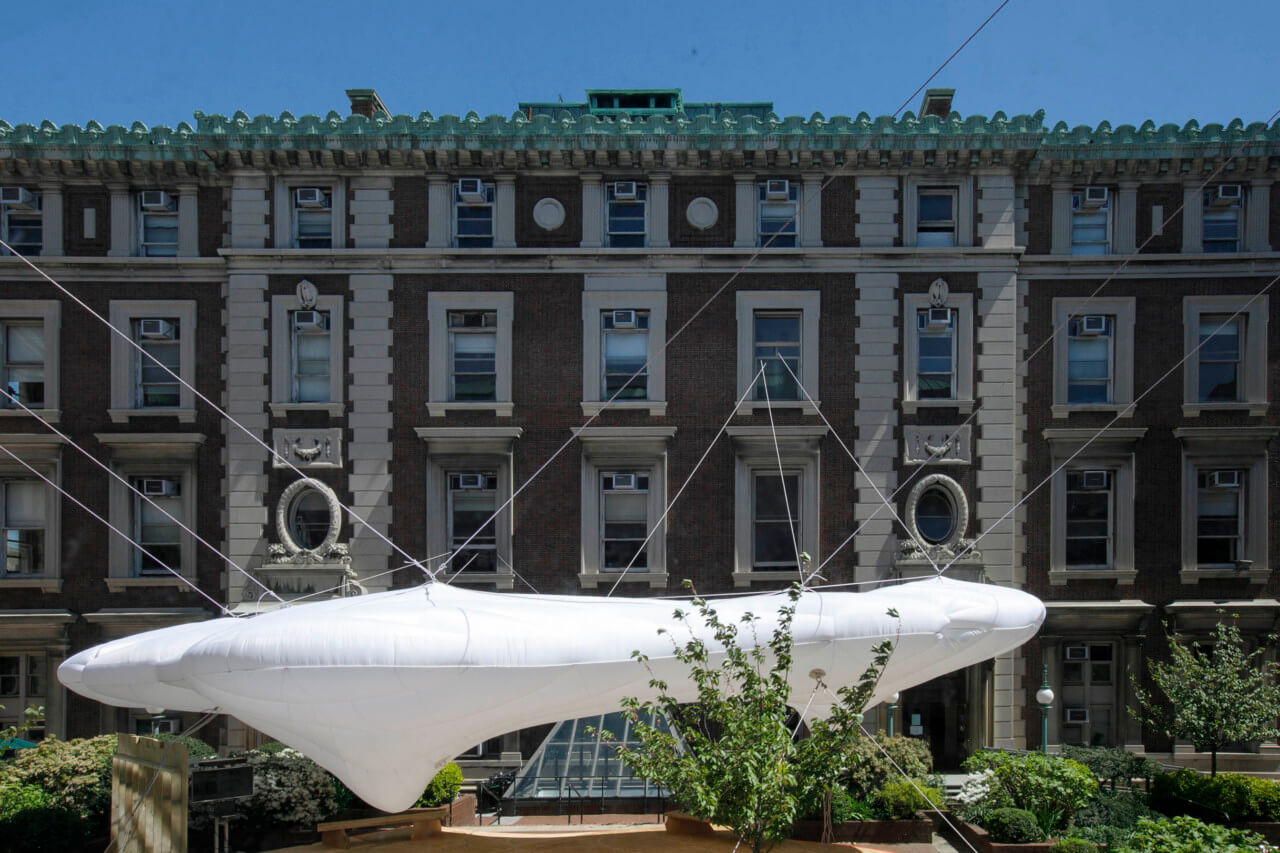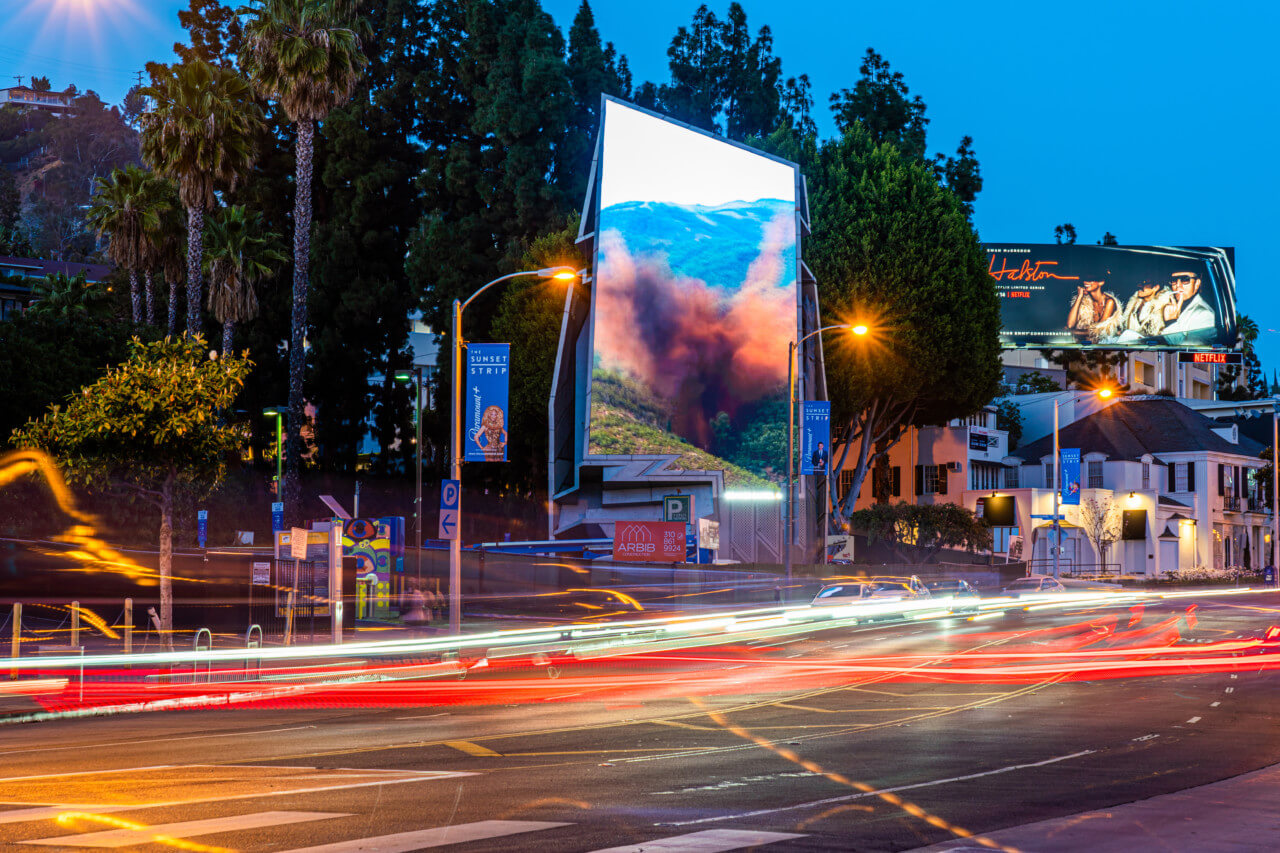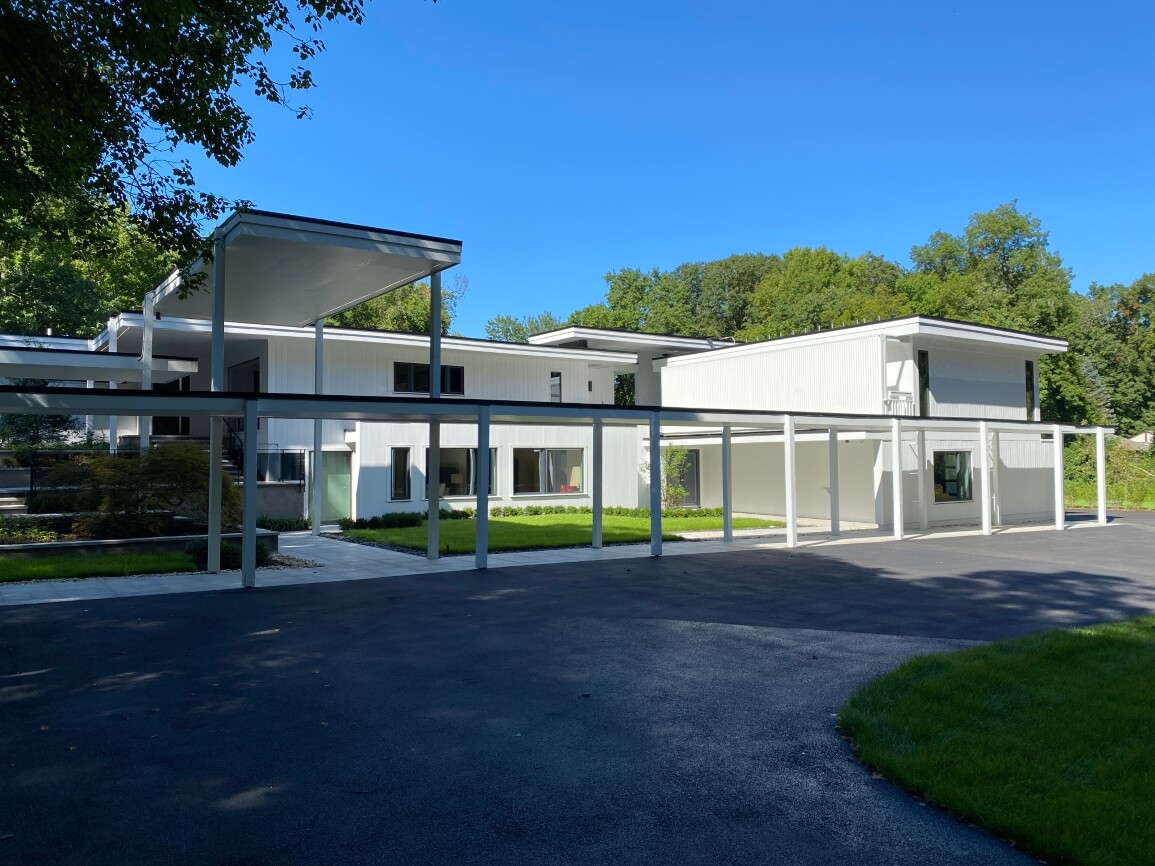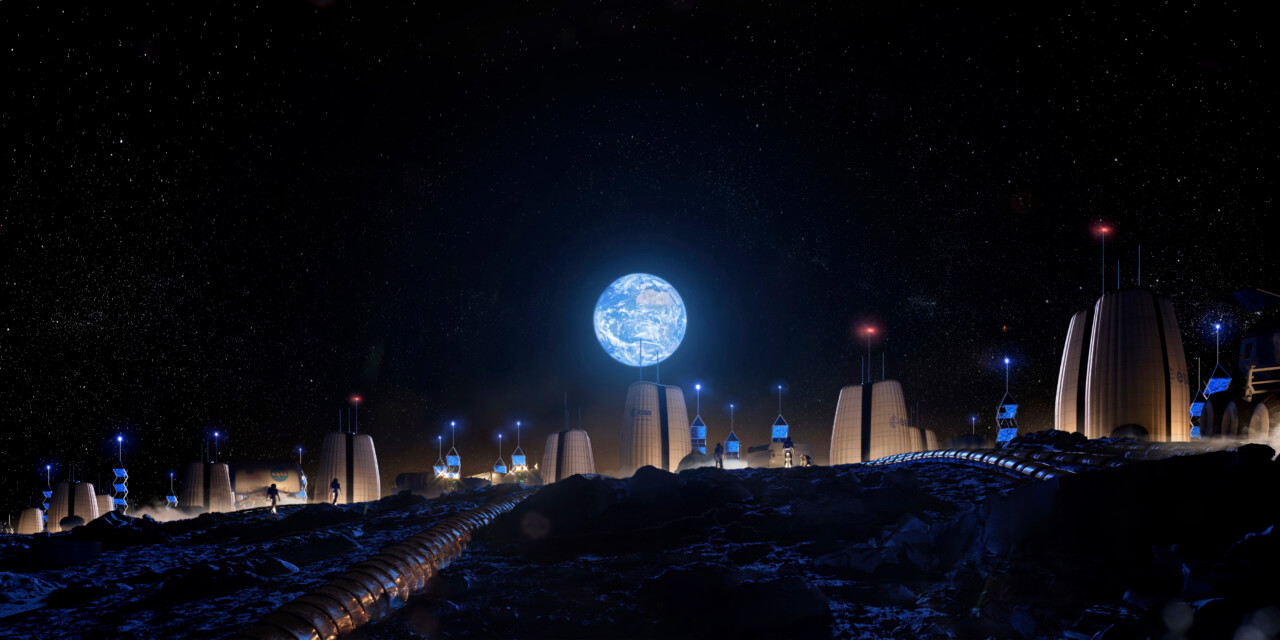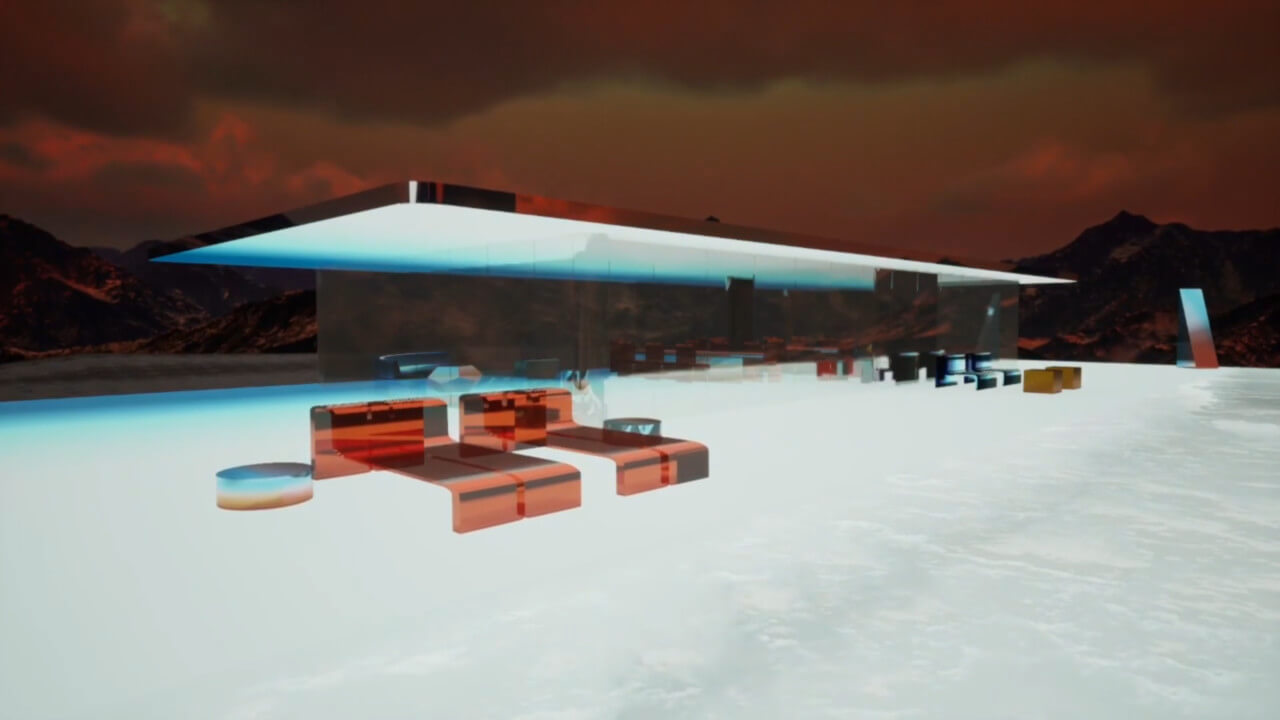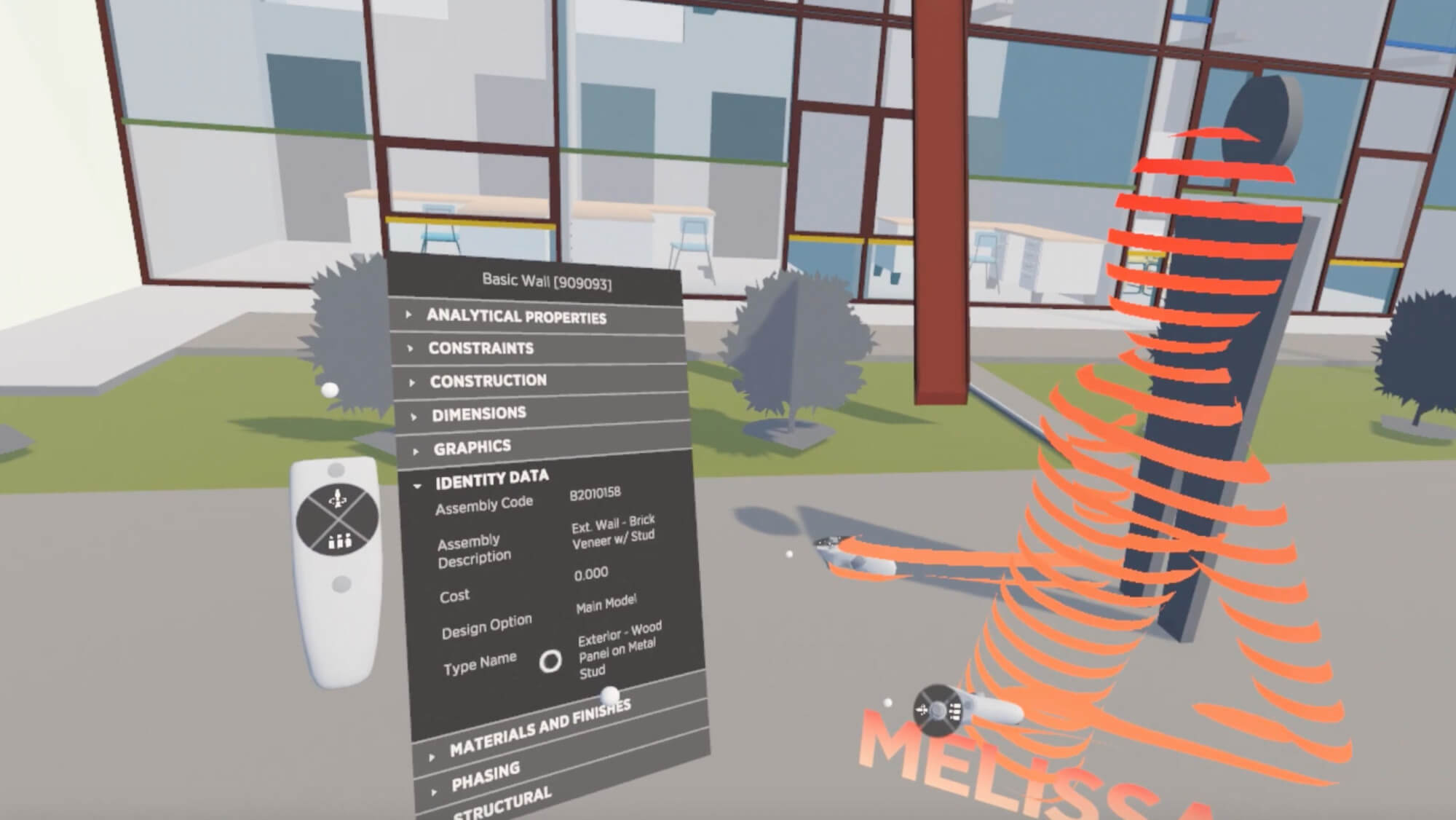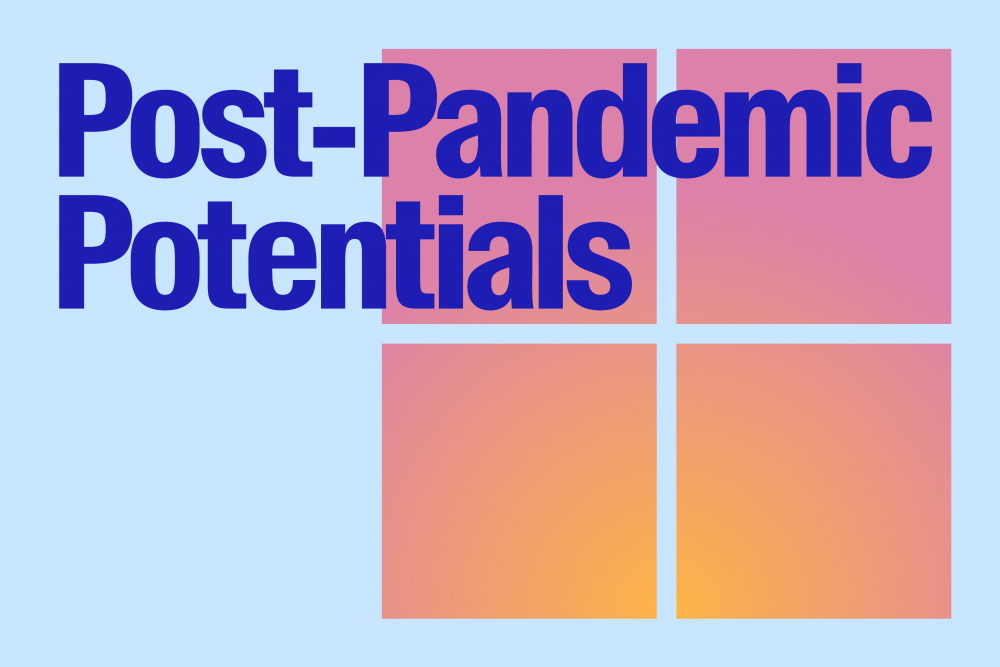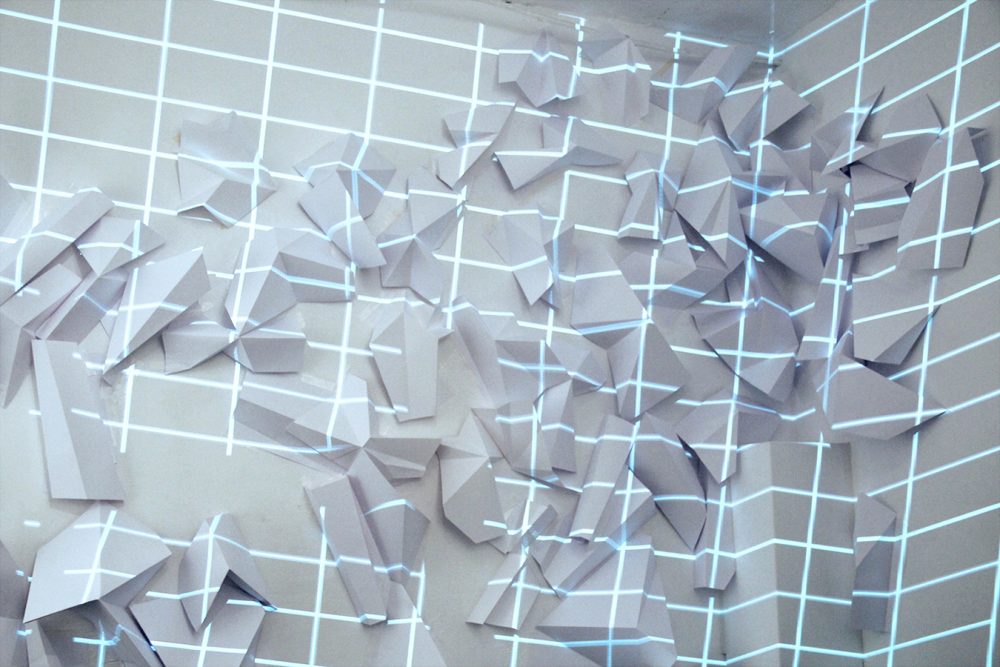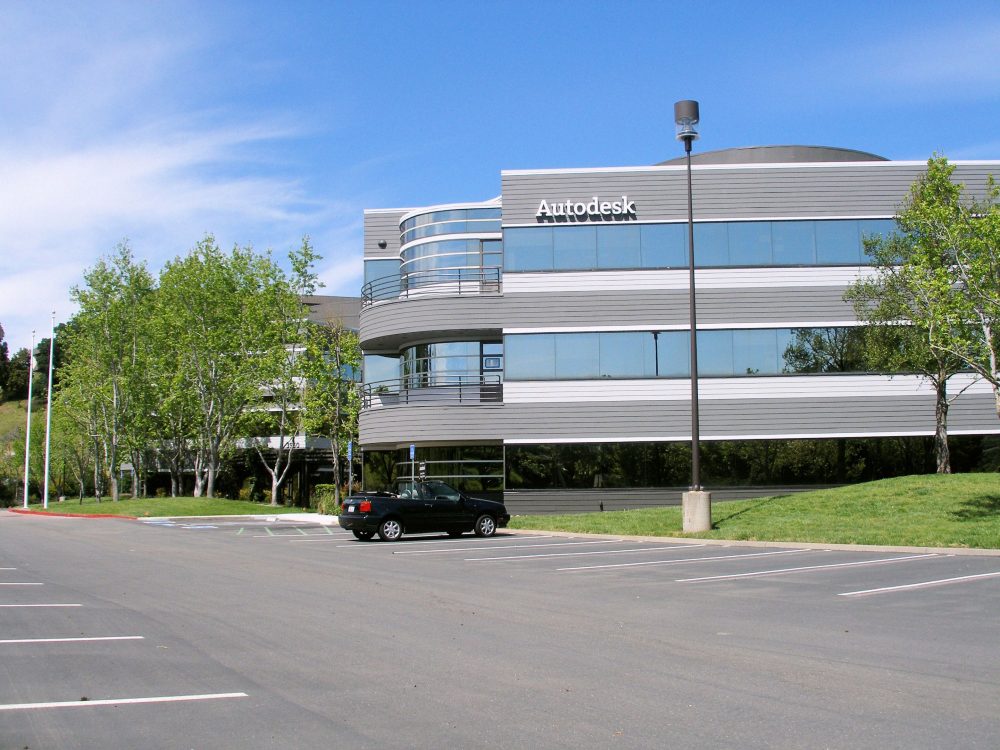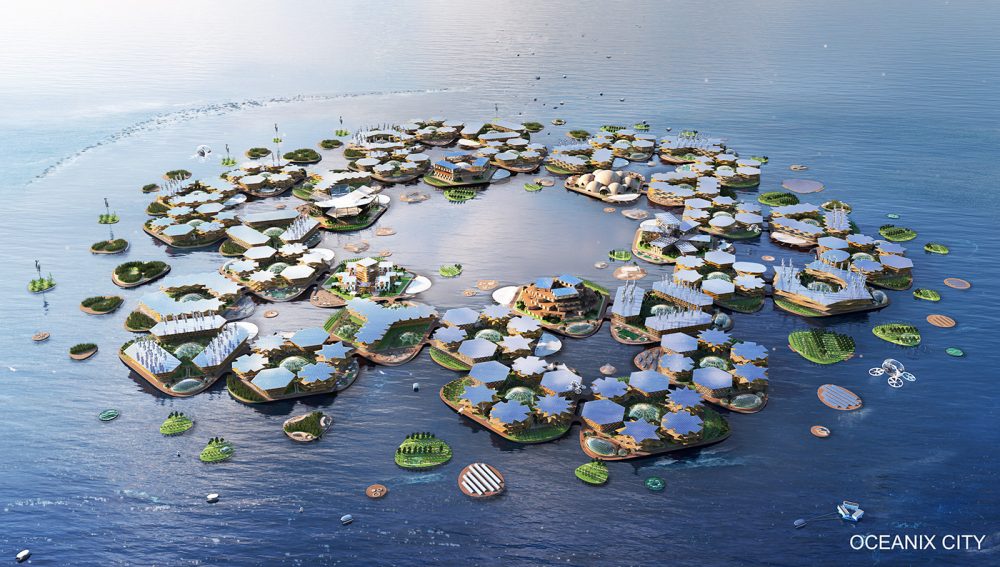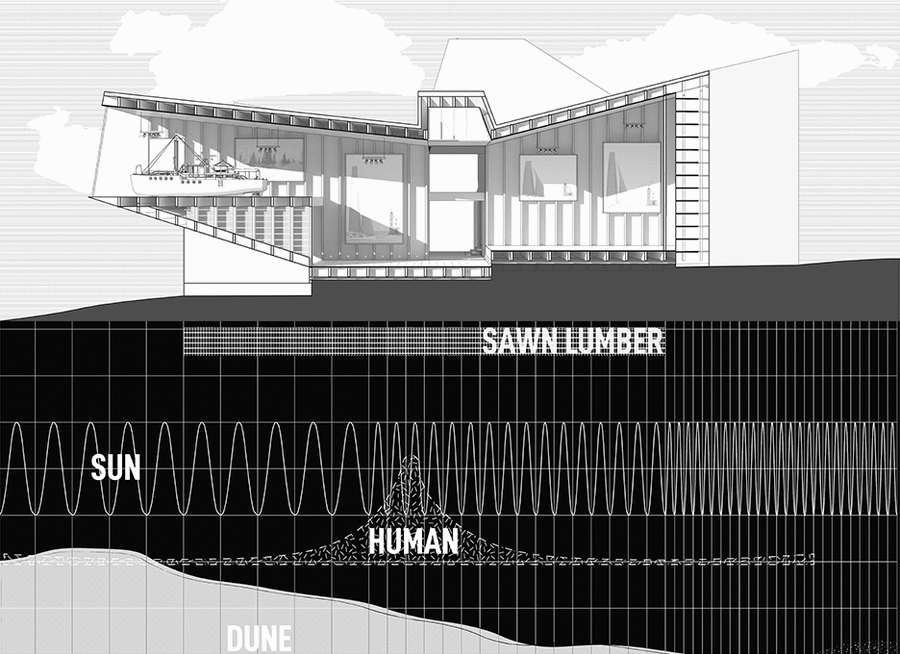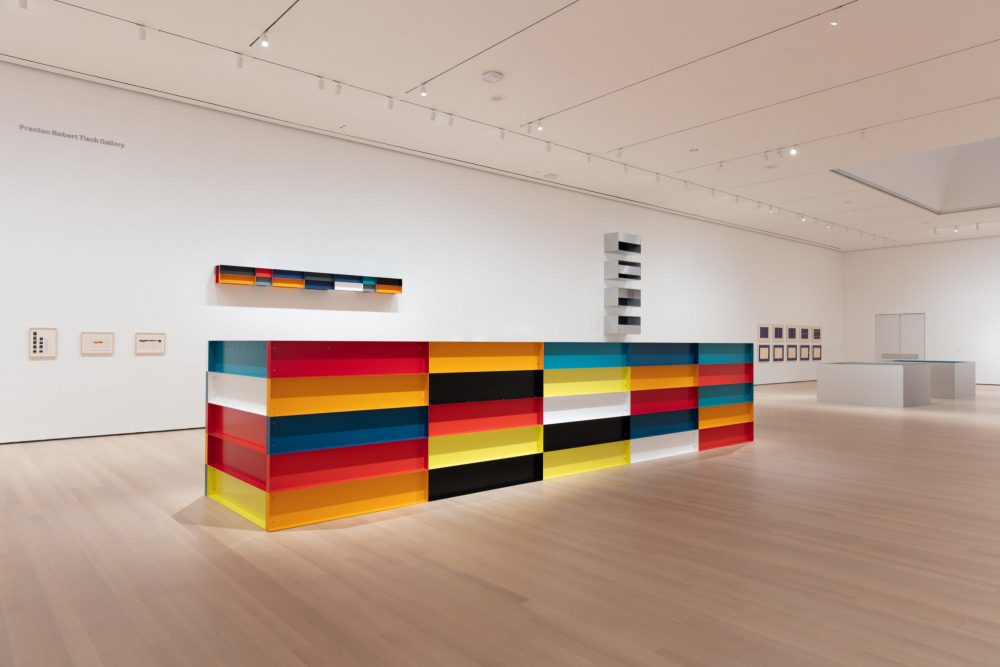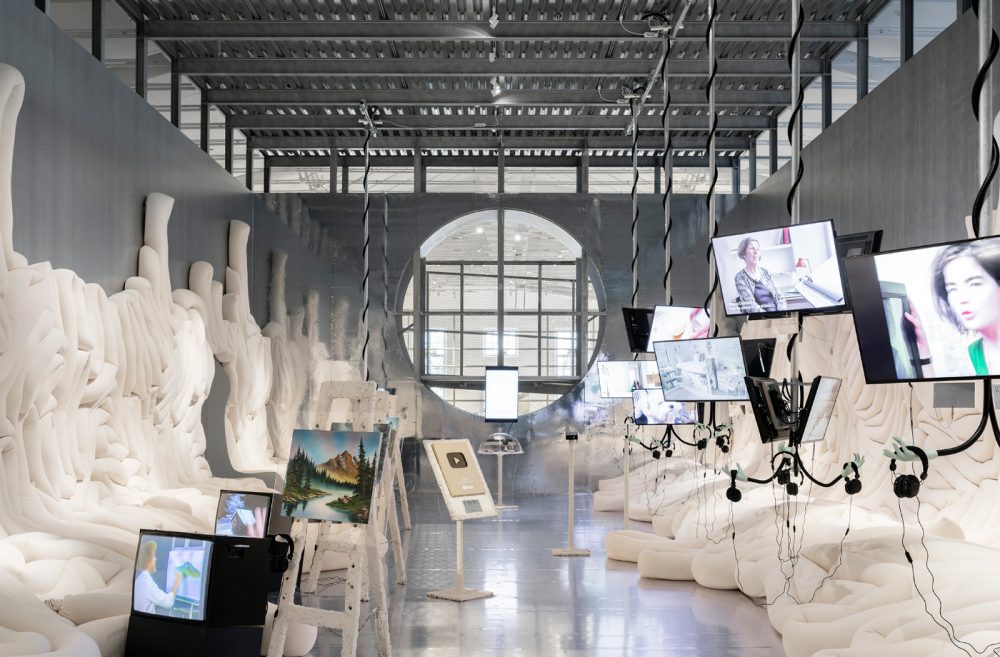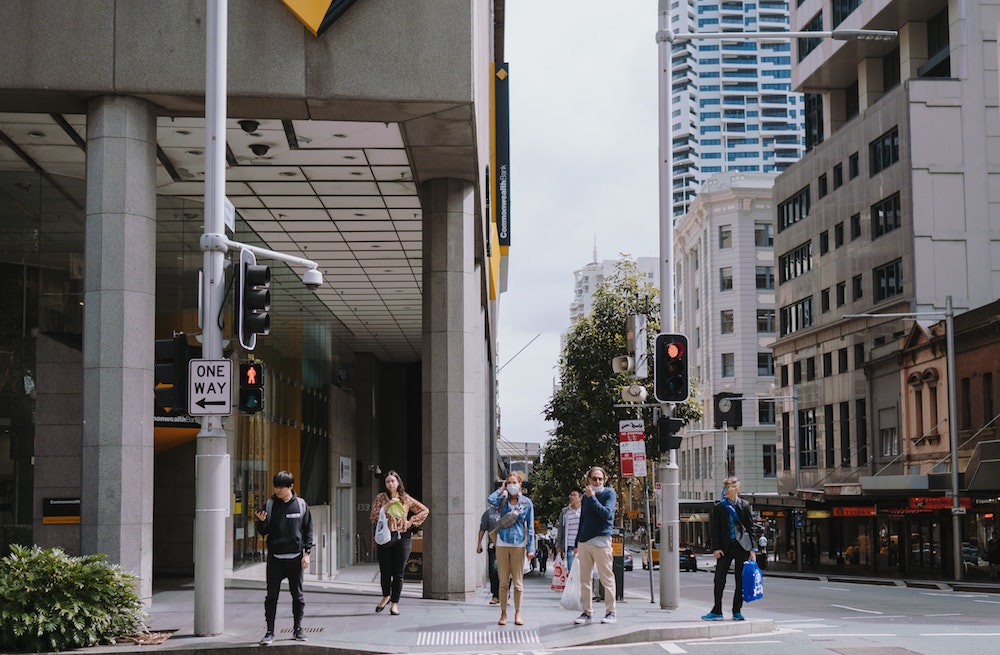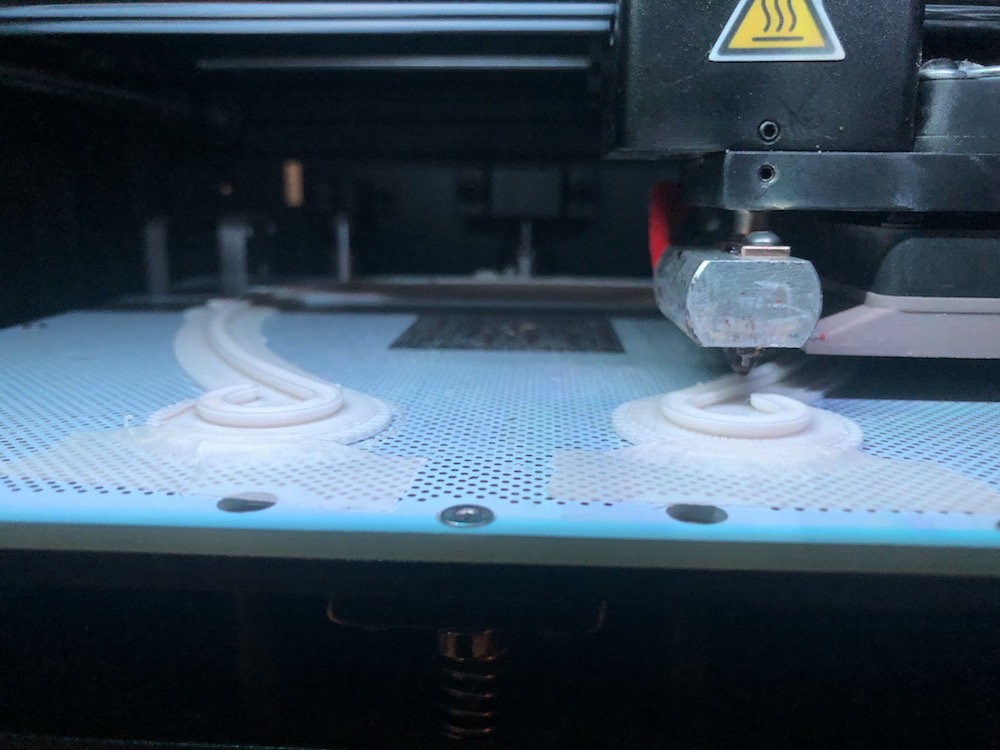As Perkins&Will’s Director of Digital Practice, Nick Cameron, AIA, LEED AP takes a big-picture approach to his work, and employs a thorough understanding of how the digital practice enhances and completes the design process. Having spent the first part of his career as a designer, he now views his work as an opportunity to work
What do a video game designer, a conservation photographer, a reliability engineer, a fire scientist, a dancer-slash-roboticist, an astrophysicist, a digital archaeologist, a bat conservationist, and the CEO of an aquarium of all have in common? They are among the 100-plus women of STEM (science, technology, engineering, mathematics) who will be descending in statue form
A new book on architectural representation, Reality Modeled After Images: Architecture and Aesthetics after the Digital Image (Routledge Publishing) by Michael Young, co-founder of YOUNG & AYATA and assistant professor at The Irwin S. Chanin School of Architecture at the Cooper Union, attempts to deal with the state of contemporary image culture by cutting across
You’d be forgiven if, upon hearing the terminology quad-based remeshing, ngon-based meshes, open topologies, and tropisms, you wondered if you had been slipped the Zoom link to presentations of thesis dissertations at the ETH Zurich and not Parametric Architecture’s Computational Design: NEXT 6.0 conference. While we may begrudgingly add another webcast event to our calendars,
Miami-Dade County is known for its art deco buildings, subtropical climate, and a youthful exuberance ready to embrace the moment as exemplified by Maurizio Cattelan’s 2019 Banana at Art Basel. Miami-Dade is also notorious for hurricanes, looming sea level rise, and pioneering rigorous structural building codes coined the “Dade County Code” that set global standards
Darling is CEO and cofounder of The Architect’s Newspaper, celebrating its 12th year. The A|N media company consists of print and digital publications covering architecture and design news, as well as the Facades+ conferences. As A|N’s publisher, Darling won the AIA National Collaboration Award, Grassroots Preservation Award, and ASLA NY’s President’s Award. She began her
A freestanding, unreinforced pedestrian bridge built from 53 3D-printed concrete blocks is now open for leisurely foot traffic in Venice. Although Striatus doesn’t carry pedestrians over one of the city’s famed canals, this first-of-its-kind structure is now open for park-bound traversing at the leafy Giardino della Marinaressa during the run of the 2021 Venice Architecture Biennale. The roughly 40-by-52-foot arched footbridge was
GeoSLAM makes it easy to capture and connect data from the world around us. From the built environment to the natural world, GeoSLAM technology gives people the power to collect geospatial data from some of the most difficult environments, whether they are indoor, outdoors, underground – everywhere. Pioneering highly versatile and adaptable solutions using 3D
If you’re reading this, there’s a good chance you won’t be visiting Venice any time soon. But that’s fine, neither will I. You might have heard that the 2021 Venice Architecture Biennale, one year delayed, kicked off in late May to significantly smaller crowds—and presumably a significantly smaller Aperol bill—than usual. You might have also heard
The 1,428-foot-tall 111 West 57th Street, the latest addition to Manhattan’s Billionaires’ Row, is finally on track for completion later this year. Designed by SHoP Architects, the residential supertall is clad in dazzling terra-cotta, glass, and bronze ornamental work that accentuates its pencil-thin profile towering over Central Park. Already, the building has become an iconic part of the New
Summer is approaching, and that means that schools are saying goodbye to another generation of students. At the Columbia University Graduate School of Architecture, Planning and Preservation (GSAPP), that meant the creation of the Avery SPOT, a high-tech inflatable installation and wooden stage that were used to hold GSAPP events and commencement from April 29 through May 1.
Los Angeles’s Sunset Strip is a charming hodgepodge where buildings old and new jostle for space with palm trees and rotating billboards. Adding to this riotous scene is a new urban marker every bit as attention-grabbing as Hollywood blockbusters and architectural kitsch. At 67 feet tall, the West Hollywood Sunset Spectacular is somewhere between a billboard and
Two weeks before Kate Wagner published her scathing treatise of NFTs (non-fungible tokens) as simply an outgrowth of high-money architectural speculation, a Paul Rudolph-designed home in Westchester County, New York, hit the market as an NFT. The Edersheim Residence, located at 862 Fenimore Road in Larchmont, was originally built in 1958 and then later altered in 1982 by Rudolph at the
The theme of this year’s Venice Architecture Biennale, still on track to open on May 22, asks attendees and observers, How will we live together? For Skidmore, Owings & Merrill (SOM), that answer appears to be “on the moon,” as the multinational design juggernaut will bring its Moon Village to Venice’s Arsenale. For the Life Beyond Earth exhibition, SOM and the European Space
With Bitcoin hitting a record high value of $63,100 (at the time of writing), the ongoing climate crisis created by the mining of cryptocurrency, which is inherently baked into using said online currency as verifying purchases on a blockchain requires mining for more coins to verify it, is only accelerating. As the BBC reported earlier this year, the University
NFTs (non-fungible tokens) are the hottest thing in art right now; digital artist Beeple sold an aggregated collage of his work, Everydays: The First 5000 Days, for $69.3 million on March 11 (though there are questions of whether the buyer also made money on the sale), and even media companies are turning their articles into sellable NFTs. Now, Toronto-based artist Krista Kim has
Prospect, the first virtual reality program for architects and engineers that allows users upload design files from Rhino, Revit, and more and explore them digitally and at human-scale, has a new home. Today, February 25, The Wild, a company focused on collaborative AR and VR for the architecture, engineering, and construction industries, announced that it had acquired. Prospect from parent company IrisVR.Prospect’s
Microsoft’s Flight Simulator 2020 is a technological masterpiece. Reviews are nearly uniformly glowing, adopting tones both confessional (“the most incredible experience I’ve ever had on a computer”) and epochal (a “once-in-a-generation wow moment”). The game’s devotion to realism begins in the mechanical and aesthetic accuracy of the aircraft you pilot but is also extended, in
The following text was drafted in response to the first prompt in AN’s “Post-Pandemic Potentials” series. Two previous responses, by Mario Carpo and Phil Bernstein, reflected on the mostly seamless transition of architectural education from physical to virtual settings. Read more about the series here. Michel Foucault’s famous account of the plague described the partitioning
ACADIA, the annual conference exploring technology in architecture, has announced its 2020 lineup and is now open for registrations. This year’s event, which will be entirely virtual because of the coronavirus pandemic, is titled “Distributed Proximities” and will focus on projects that “that demonstrate the resilience and ingenuity of the computational design community in the
A group of 25 largely United Kingdom-headquartered architecture firms including Grimshaw, Zaha Hadid Architects, Wilkinson Eyre Architects, and Rogers, Stirk, Harbour + Partners have sent Andrew Anagnost, president and CEO of Autodesk, a five-page open letter censuring the Silicon Valley-based design software and services giant for the mounting ownership costs—an increase as much as 70
If you mingle within the spheres of design and architecture, I’m sure you’ve seen them. They dwell within endlessly scrollable design websites and social media feeds; some even make it to print. Slick renderings of tree-lined balconies and floating cities; design “solutions” involving AI or 3D printing or bitcoin or whatever the new tech buzzword
Many architecture students have just wrapped up their final studios and exams, and what an interesting semester it has been. Social distancing has forced the closure of schools, sending design education fleeing from studio halls to online portals like Zoom and Microsoft Teams. The translation—or, indeed, migration—has posed serious questions to inherited models of architectural
The Museum of Modern Art (MoMA) might still be closed to the public, but thanks to its Virtual Views series of digital tours, “visitors” can check out what’s going on at the museum every Thursday night. By harnessing a combination of video, high-resolution images of every piece and didactics, a multitude of audio guides for
In an ironic turn of events, the threat of the novel coronavirus has forced Sweden’s national center for architecture and design to move WEIRD SENSATION FEELS GOOD, what was supposed to have been an in-real-life manifestation of ASMR, totally online. The exhibition was originally supposed to have run in ArkDes’s experimental Boxen, an enclosed gallery
Oakland is doing it. Philadelphia is doing it. Minneapolis is doing it. Denver is doing it. Milan is doing it. Boston and neighboring cities are doing it. And now—after one aborted attempt and a whole lot of handwringing from City Hall—New York City is doing it, too. With summer just around the corner and cooped-up
There was a time when the internet, then new, and untested, was widely welcomed as a revolutionary technology that promised to alleviate—even fix—many of the evils then affecting late modern societies. That brief, juvenile spell was followed by almost 20 years of remorse and misgivings: from the early 2000s to this past month the internet,
Things right now are undoubtedly, brutally rough. And when the going gets rough, the architecture and design community gets 3D printing. As part of a sweeping grassroots mobilization effort that expands and evolves daily, architects, designers, makers, and a small army of displaced students have banded together and fired up their 3D printers to produce
The doghouse, that ubiquitous shelter found in backyards across the globe, has seen little in the way of innovation—that is until now. The Fetch House, developed by CallisonRTKL’s Dallas team, is a 3D-printed abode for our canine companions that simultaneously functions as a storage device for at least 1,000 tennis balls. The prototype was awarded

